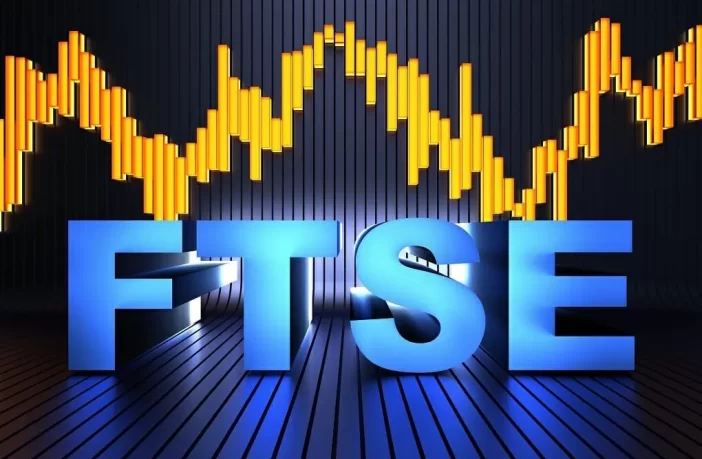What is day trading? is a high-risk, high-reward strategy where traders buy and sell financial instruments, such as stocks, commodities, or currencies, within a single trading day. The goal is to capitalize on short-term price movements, often leveraging volatility to generate profits. While the rewards can be significant, day trading demands a thorough understanding of market dynamics, rapid decision-making, and a tolerance for risk.
How Day Trading Works
Day traders operate in a highly liquid environment, entering and exiting positions within the same day to avoid overnight risks. They rely on technical analysis, using charts, patterns, and real-time data to predict short-term price movements. Unlike long-term investors, day traders rarely focus on a company’s fundamentals. Instead, they exploit volatility to maximize returns within a few hours or minutes.
Day traders often use tools like stop-loss orders to minimize potential losses and leverage to amplify gains. Leverage allows traders to borrow money to increase the size of their position, but it can also magnify losses, making risk management a crucial aspect of day trading.
The Role of Volatility in Day Trading
Day traders thrive in volatile markets, as sudden price swings provide ample opportunities to profit. A key driver of volatility is news—be it earnings reports, geopolitical events, or economic data releases. For instance, the October Effect, a theory that stocks historically decline in October, can spur volatility, making it an attractive month for day traders. While the October Effect is often considered superstition, there is empirical evidence of heightened market swings during this period.
In 2024, October has been a volatile month for markets, with investors reacting to various factors, including the upcoming U.S. presidential election, fluctuations in oil prices, and potential monetary policy shifts. Historically, major crashes like the Stock Market Crash of 1929 and Black Monday of 1987 occurred in October, contributing to the perception of higher volatility during this month. However, studies show that the market has gained value in October more often than it has declined, underscoring the complex nature of this phenomenon.
Day Trading and Short Squeeze: Navigating Sudden Market Moves
One of the most dramatic events day traders seek to capitalize on is a short squeeze. A short squeeze occurs when a heavily shorted stock (one that many traders bet will decline) suddenly rises in price, forcing short sellers to buy back shares to cover their positions, which drives the price even higher.
An excellent example of this dynamic was the GameStop short squeeze in January 2021, where retail traders collectively drove up the stock price, causing massive losses for hedge funds that had shorted the stock. While these events are rare, day traders constantly monitor for potential short squeezes as they present unique profit opportunities.
Short squeezes can often be triggered by external factors such as earnings reports or macroeconomic events. For instance, the impact of interest rate cuts by central banks like the Federal Reserve or the European Central Bank (ECB) can create market imbalances, influencing heavily shorted stocks.
Impact of Central Bank Policies on Day Trading
Day traders must also stay attuned to monetary policy changes, such as interest rate adjustments, which can fuel market volatility. In recent months, the Federal Reserve has cut interest rates by 50 basis points, while the ECB has opted for a more cautious approach, trimming rates by 25 basis points. These decisions have led to fluctuations in the EUR/USD exchange rate, creating opportunities in currency day trading.
In the stock market, rate cuts can cause price movements, particularly in sectors like technology and energy, where valuations are highly sensitive to borrowing costs. The effects of monetary policy decisions can be short-lived or extend over several days, giving day traders a window of opportunity to capitalize on the volatility.
Risk Management and Strategy in Day Trading
Given the fast-paced nature of day trading, managing risk is essential. One common tool used is the stop-loss order, which automatically sells a position if it reaches a predetermined price. This helps limit losses during volatile sessions. Additionally, day traders often engage in scalping, a strategy that involves making small, quick trades throughout the day to accumulate profits.
Discipline and emotional control are also critical for day traders. As seen with events like the 2008 Financial Crisis and Black Monday, markets can plunge rapidly, triggering panic selling. Successful day traders must resist herd instinct and loss aversion, staying focused on their strategy rather than reacting emotionally to sharp price movements.
Conclusion: The Appeal and Risks of Day Trading
Day trading offers substantial opportunities for profit, but it comes with significant risks. Understanding market volatility, recognizing patterns like short squeezes, and staying informed on macroeconomic events such as central bank decisions are key to success. In a market prone to sudden swings—such as the ongoing concerns surrounding the October Effect—day traders can leverage volatility to their advantage. However, only those equipped with a strong risk management framework and emotional discipline can truly thrive in the world of day trading.
While it can be lucrative, day trading is not for everyone. As with any investment strategy, it’s important for individuals to evaluate their risk tolerance and ensure they are well-prepared before entering this high-stakes arena.
Fine modulo





